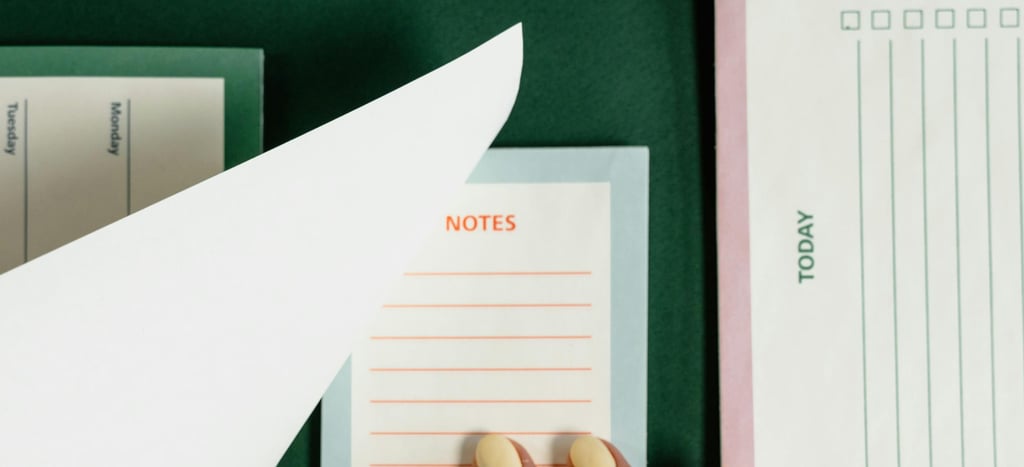The Year-Round Dress Checklist
1/24/20252 min read
I’m a big fan of wearing dresses year round. Even on the coldest days of a Chicago winter I will be sporting a dress. However, I know many people find dresses difficult to wear year round. If you’d like to convert to wearing dresses each and every season, my below checklist may help you. These are the qualities I look for in dresses that make them easy to wear all year long.
Make it a maxi (or at least midi): I prefer a maxi for year round dresses because they give you extra layering in the winter and more coverage from the sun in the summer. However, if the maxi look is not for you, you can still get lots of coverage from something that comes down to mid-calf.
Keep it lightweight, but not sheer: You might be surprised to hear it, but I think lightweight fabrics are actually best for both winter and summer dresses. In the summer it keeps the dress cooler. In the winter it makes it easier to layer sweaters, tights, ect. with your dress so that you don’t end up feeling restricted like the Michelin man.
Target a design with a simple neck and sleeve: Ruffles, collar, and bows around the neck and shoulders may make your dress look really cute in the summer, but it will make it more difficult to layer under a sweater in the winter time. A simple sleeveless dress can actually work great for this reason (although basic long sleeves work great too). I also prefer to find dresses with lower and wider necklines so they can be paired with a variety of sweaters without the dress neckline being visible underneath.
Give yourself a little breathing room: A form fitting silhouette works fine, just avoid dresses that are skin tight. Give yourself space to wear your warmer underwear and tights without feeling synched in.
Define your waist: This rule is partly dependent on preference, but I find my dresses with a defined waistline are easier to pair with a variety of sweaters. Looser silhouettes are still plenty comfy, but when paired with a baggy sweater you might end up feeling more frumpy than chic. However if the loose, baggy look is your style don’t let anyone stop you!
Flexible print & color palette: I’m not really one for following seasonal norms, but if you prefer to stick to the standards make sure you’re choosing a print and color palette that is versatile. One way to do this is to pick a spring leaning print in fall colors or vice versa. At a minimum I’d steer clear of a print and color combo that lean hard to a specific season, like fall colored plaids.
Aim for durability: If you’re looking for dresses to wear year round then you’re likely to be wearing these garments a lot. Search for dresses made of durable fabrics (like cotton) that are sewn for durability. French and surged seams help a dress last longer, and a dress that has a lining may signal that more effort was put into its construction.
This is a list of ideals, but you don’t have to hit on all of these bullets to make your dress an all seasons option. Use this list as a starting point, and then work from there based on your style and what’s most important to you. And may I casually mention that the Mikaela dress checks all these boxes?



